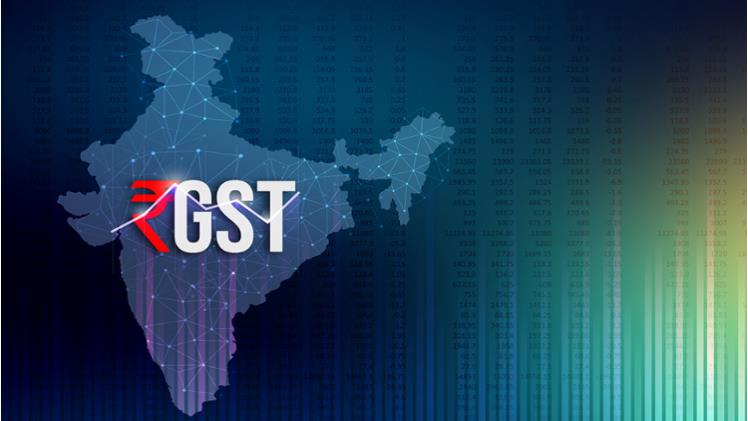A Comprehensive Guide to Quick GST E-Way Bill Registration Procedure

The implementation of the Goods and Services Tax (GST) in India marked a significant shift in the country’s indirect taxation system. Alongside GST, the introduction of the Electronic Waybill or E-Way Bill system aimed to streamline the movement of goods and reduce tax evasion. For businesses engaged in the transportation of goods, understanding the E-Way Bill registration process and how to generate E-Way Bills is essential. In this comprehensive guide, we will walk you through the steps of E-Way Bill registration and provide insights into the procedure for generating E-Way Bills.
Understanding the E-Way Bill System
The E-Way Bill is a digital document required for the movement of goods worth over Rs. 50,000 within or across state borders. It serves as evidence that the appropriate GST has been paid on the goods being transported. The E-Way Bill system aims to promote transparency, reduce tax evasion, and facilitate the seamless movement of goods.
E-Way Bill Registration Procedure
Before you can generate E-Way Bills, you need to register on the E-Way Bill portal. Here’s a step-by-step guide on how to complete the E-Way Bill registration process
Step 1: Visit the E-Way Bill Portal
Go to the official E-Way Bill portal by visiting https://ewaybillgst.gov.in/.
Step 2: Click on “Registration”
On the portal’s homepage, you will find a tab labeled “Registration.” Click on it to initiate the registration process.
Step 3: Choose Your User Type
The portal offers two user types for registration: “E-Way Bill Taxpayer” and “E-Way Bill GST Practitioner.” As a business or transporter, you would select “E-Way Bill Taxpayer.”
Step 4: Enter Your GSTIN
Provide your GST Identification Number (GSTIN) in the appropriate field. Ensure that the GSTIN you enter is accurate, as it will be used for verification.
Step 5: Enter Your Legal Name
Enter your legal business name as it appears on your GST certificate.
Step 6: Verify Captcha and Click “Go”
Complete the captcha verification and click the “Go” button to proceed.
Step 7: Generate OTP
An OTP (One-Time Password) will be sent to the mobile number and email address linked to your GSTIN. Enter the OTP to verify your identity.
Step 8: Set a Username and Password
Create a unique username and password for your E-Way Bill account. These credentials will be used for future logins, so make sure to keep them secure.
Step 9: Set Security Questions and Answers
Choose security questions and provide answers that you can easily remember. This adds an additional layer of security to your account.
Step 10: Complete the Registration
Review the information you’ve entered, and if everything is accurate, click the “Submit” button to complete the registration process.
Step 11: Registration Approval
Once you submit your registration details, the E-Way Bill system will verify your information. If everything checks out, your registration will be approved, and you will receive a confirmation message.
Generating E-Way Bills
With your E-Way Bill registration successfully completed, you can now generate E-Way Bills for your goods’ transportation. Here’s how to generate an E-Way Bill:
Step 1: Login to Your E-Way Bill Account
Visit the E-Way Bill portal and log in using the username and password you created during registration.
Step 2: Select “Generate New” under “E-Waybill”
Once logged in, click on the “E-Waybill” tab, and from the dropdown menu, select “Generate New.”
Step 3: Fill in the Required Details
– Transaction Type: Choose whether you are generating an E-Way Bill for “Outward Supplies” or “Inward Supplies.”
– Document Type: Select the relevant document type, such as “Invoice,” “Bill of Supply,” or “Delivery Challan.”
– Document Number: Enter the document number associated with the goods being transported.
– Date of Document: Specify the date of the document.
– From/To: Enter the GSTIN of the sender and recipient of the goods.
– Item Details: Provide information about the goods being transported, including the description, quantity, and value.
– Transporter Details: If you are using a transporter, enter their details, including the transporter’s ID and vehicle number.
Step 4: Click on “Submit”
After entering all the required details, review the information to ensure accuracy. Once confirmed, click the “Submit” button.
Step 5: Generate E-Way Bill
If all the details are accurate and complete, the E-Way Bill system will generate an E-Way Bill with a unique E-Way Bill Number (EBN). You can print or download the E-Way Bill for your records.
E-Way Bill Validity
It’s crucial to note that E-Way Bills have specific validity periods based on the distance of transportation:
– For distances less than 100 kilometers: E-Way Bills are valid for one day from the date of generation.
– For distances between 100 kilometers and 3000 kilometers: E-Way Bills are valid for three days from the date of generation.
– For distances exceeding 3000 kilometers: E-Way Bills are valid for an additional day for every 100 kilometers of travel beyond the initial 3000 kilometers.
E-Way Bill Cancellation
In case an E-Way Bill is no longer required or has incorrect details, it can be canceled through the E-Way Bill portal. To cancel an E-Way Bill, follow these steps:
- Log in to your E-Way Bill account.
- Go to the “E-Waybill” tab and select “Cancel” under “E-Waybill.”
- Enter the E-Way Bill Number (EBN) you wish to cancel and provide a reason for cancellation.
- Click the “Cancel E-Waybill” button.
Conclusion
The E-Way Bill system has become an integral part of the GST regime in India, ensuring the smooth movement of goods and reducing tax evasion. By following the E-Way Bill registration process and understanding how to generate E-Way Bills, businesses can stay compliant with GST regulations while efficiently managing the transportation of their goods. It is essential to stay updated with any changes or amendments to E-Way Bill rules and regulations to ensure a seamless experience in the world of goods transportation and GST compliance.




